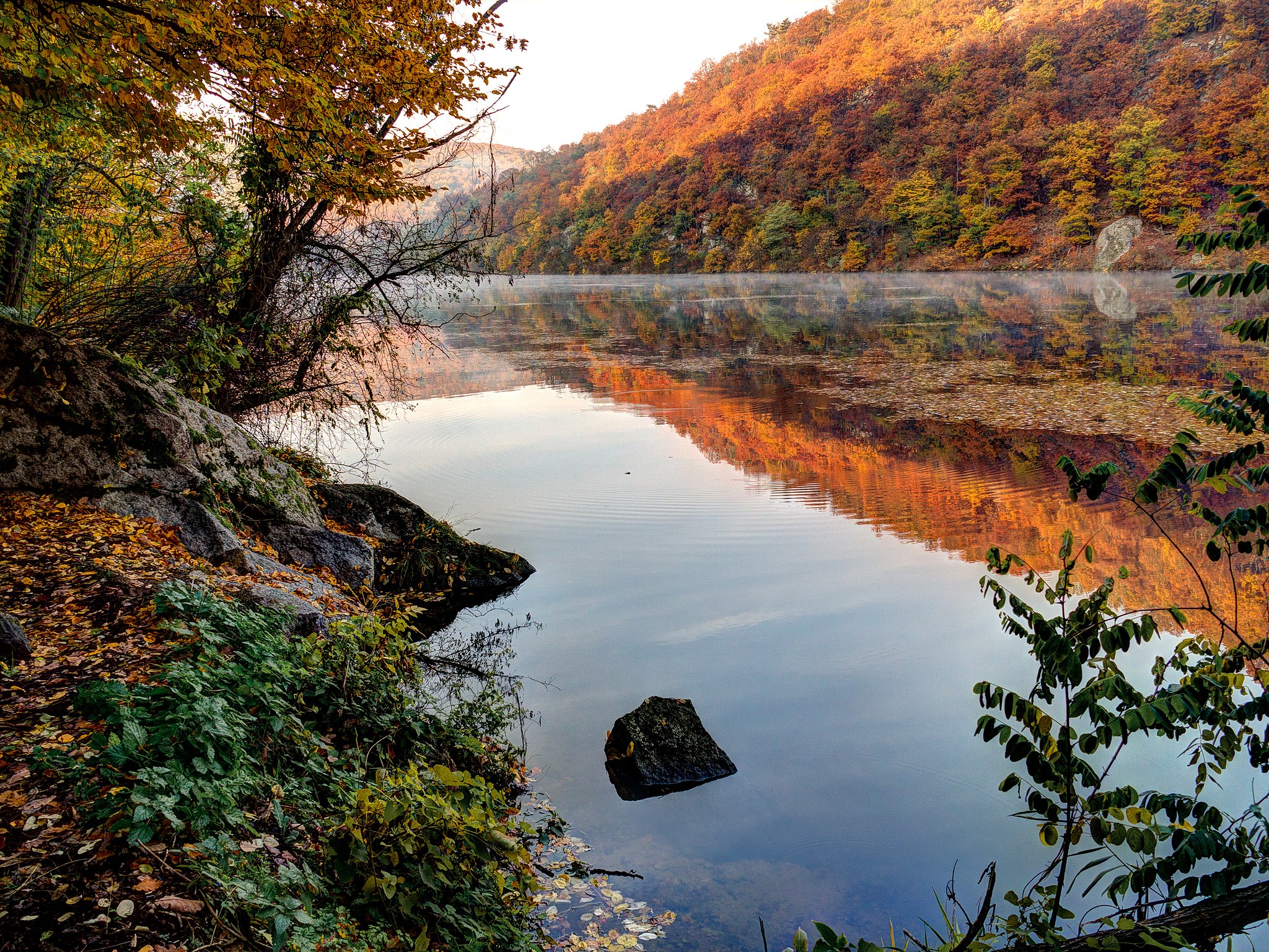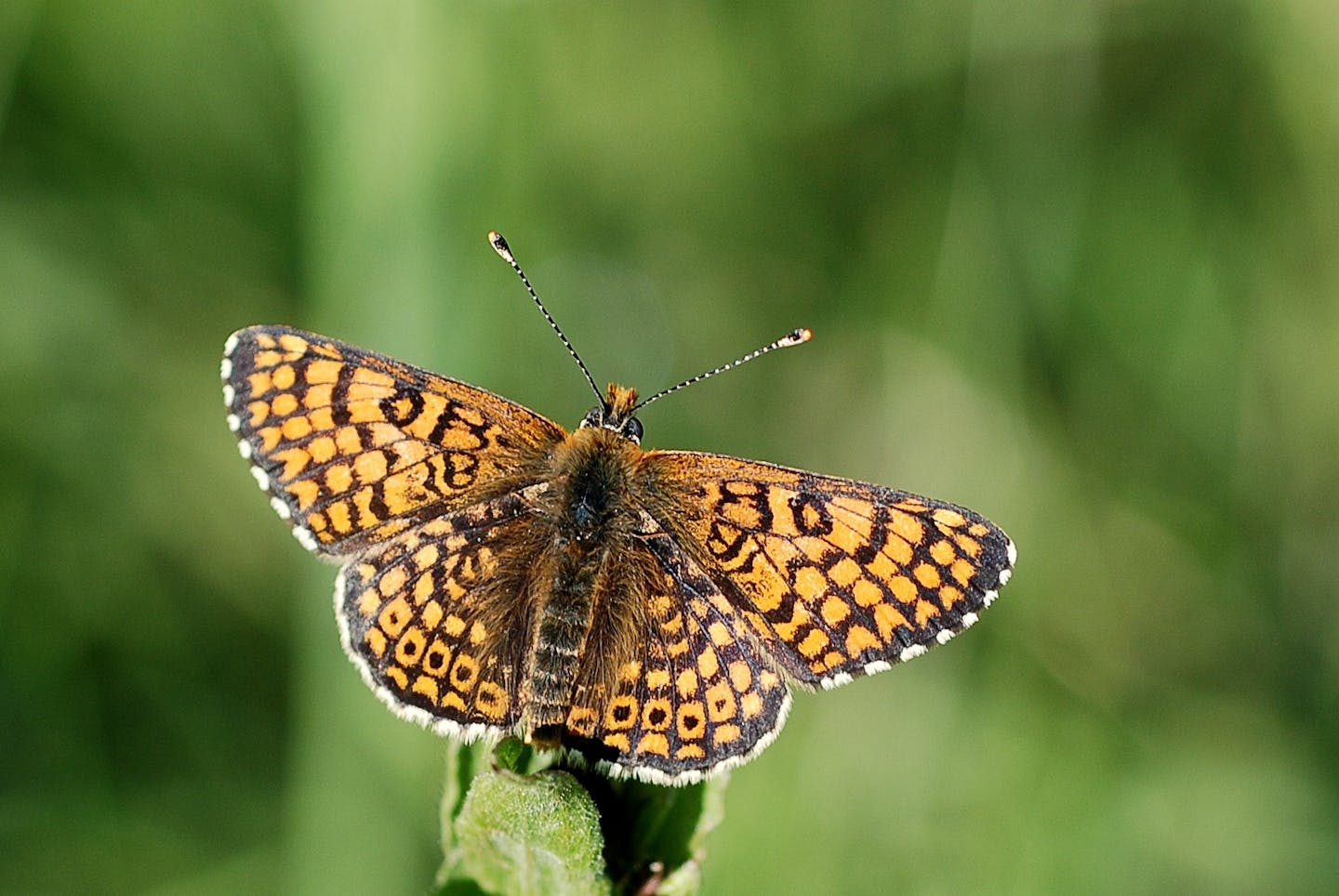Horses can help threatened butterfly species
- Nature Conservation
- Land Conservation
- Wildlife
- Mammals
- Insects
- Ecosystem Restoration
- Grasslands
- Species Rewilding
- Pollinators
- Eastern Eurasia Realm
In the Czech Republic, horses have become knights in shining armor. A study published in the Journal for Nature Conservation suggests that returning feral horses to grasslands in Podyjí National Park could help boost the numbers of several threatened butterfly species.
In 2017, wildlife organizations laid out their plan to introduce Exmoor ponies (Equus ferus caballus) to the dry, temperate grasslands of Podyjí along the Czech border with Austria. They aimed to “rewild” the region and restore natural ecosystems by allowing the land and its native species to develop free from human influence.
At the same time, a team of researchers led by Martin Konvička, a researcher at the University of South Bohemia in the Czech Republic, began monitoring butterfly species in the reintroduction sites to predict how they would respond to this “refaunation,” as scientists call the reintroduction of animals. Their results showed that the horses’ grazing would likely improve conditions for many of the butterfly species that live in the area.
%2C%20one%20of%20the%20species%20in%20the%20study.%20Image%20by%20Gilles%20San%20Martin%20WC.jpg)
A Glanville fritillary (Melitaea cinxia), one of the species in the study. Image credit: Wikimedia Commons, Gilles San Martin
It turns out that horses encourage habitats that many butterflies flock to. By trampling and feeding on tall shrubs, young twigs, and fruits, horses keep the grasslands short, which some butterfly species prefer. They also don’t disturb the land as much as mowing or more intensive livestock grazing would.
Konvička and his team studied the population size, movements and larvae of five species of checkerspot butterflies, including four that are listed as endangered or critically endangered nationally. For more than two months, the researchers scoured the park’s fields to find as many butterflies as possible. They marked them with unique codes using felt-tip pens and took note of their species, sex, and wing wear on a scale of “fresh” to ”heavily worn.” Then they released them, only to repeat the procedure the next day.

To study checkerspots, Konvička said, “you need a group of dedicated people at the spot, ready to work every day with no days off for most of the summer, when most humans prefer to be at a beach.”
The researchers’ analysis allowed them to predict how the butterflies might respond to the reintroduction. The results showed that each species tends to specialize in different habitats. Some prefer short grass and woodland edges, and others like exposed rocks and ditches.
“The ongoing insect/pollinator crisis is at least partly due to homogenization of land use in agriculture, forestry, et cetera,” Konvička said in an email. In other words, these human impacts are making landscapes more uniform with less variety, reducing the chances that they’ll provide the right habitat for multiple species of butterflies.
That means “everything which brings back a semblance to pre-industrial/prehistoric conditions will help,” Konvička added.

Exmoor ponies in the snow. Image credit: Wikimedia Commons, me’nthedogs
One of the organizations involved in this project, the nature conservation NGO European Wildlife, decided to replicate their refaunation efforts after the success of reintroducing Exmoor ponies to a former military base in Milovice, also in the Czech Republic. That project demonstrated how butterflies benefited from the presence of Exmoor ponies, a breed native to the British Isles. They’re also one of the oldest and most primitive horse breeds in Europe and handle cold weather well.
Read more on Mongabay

